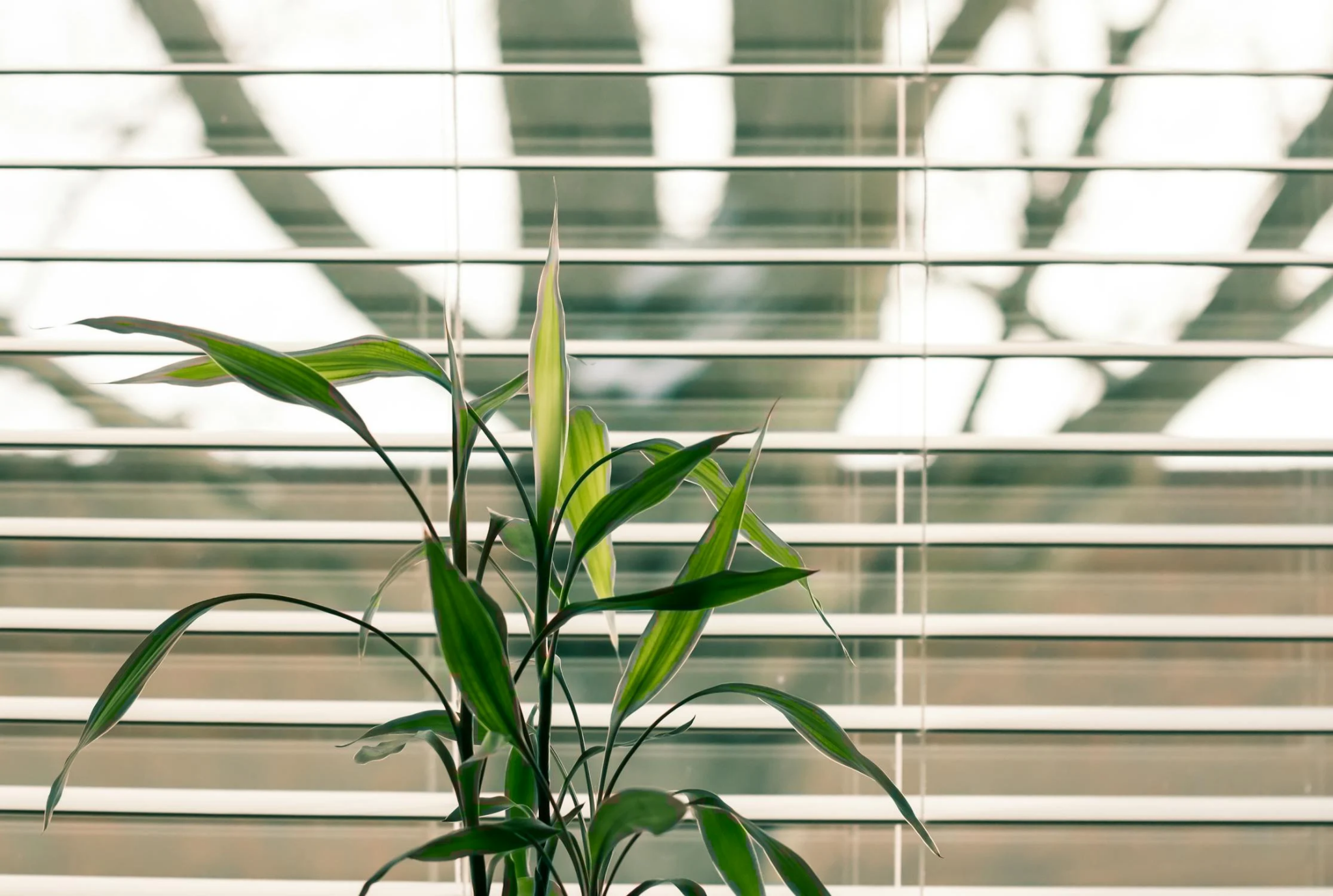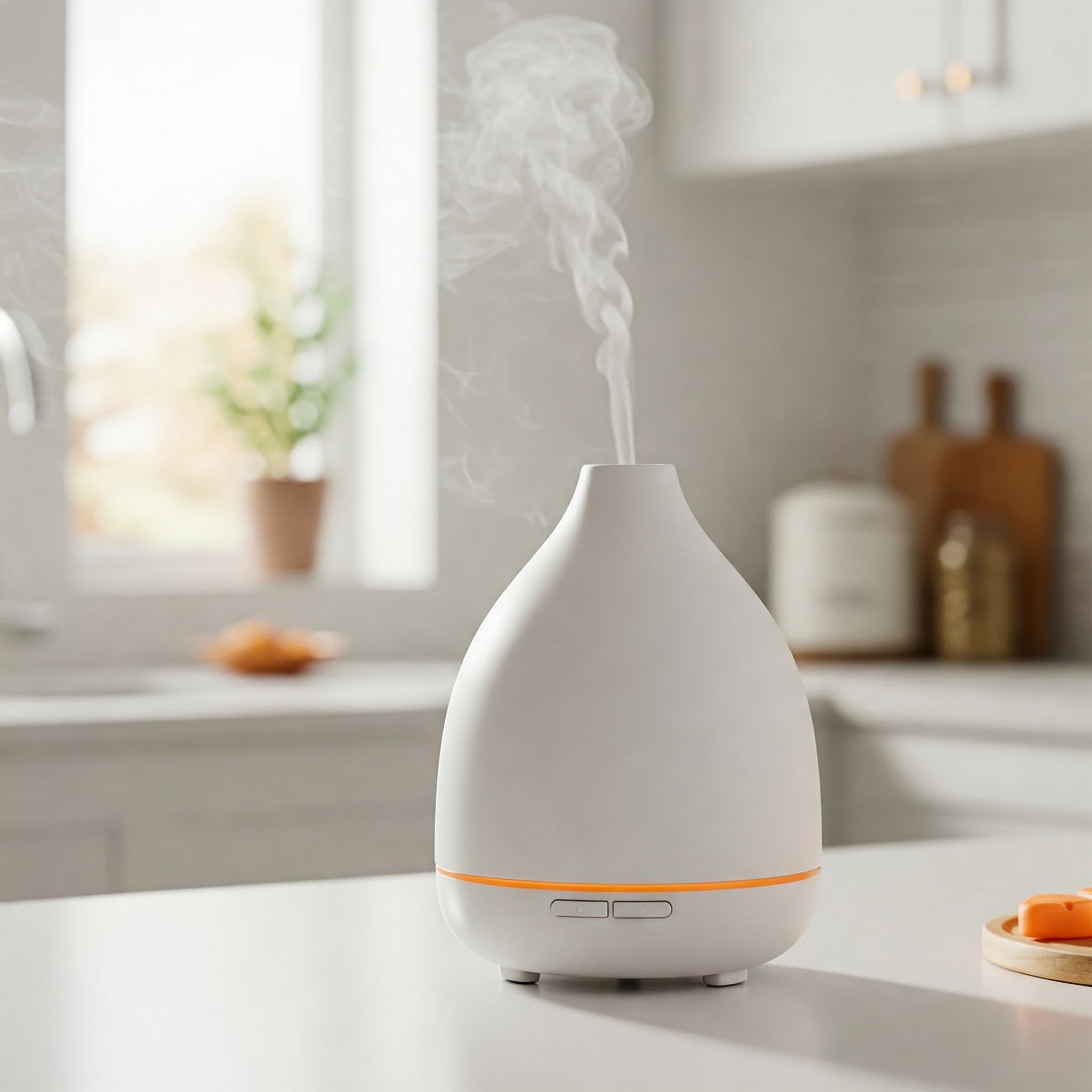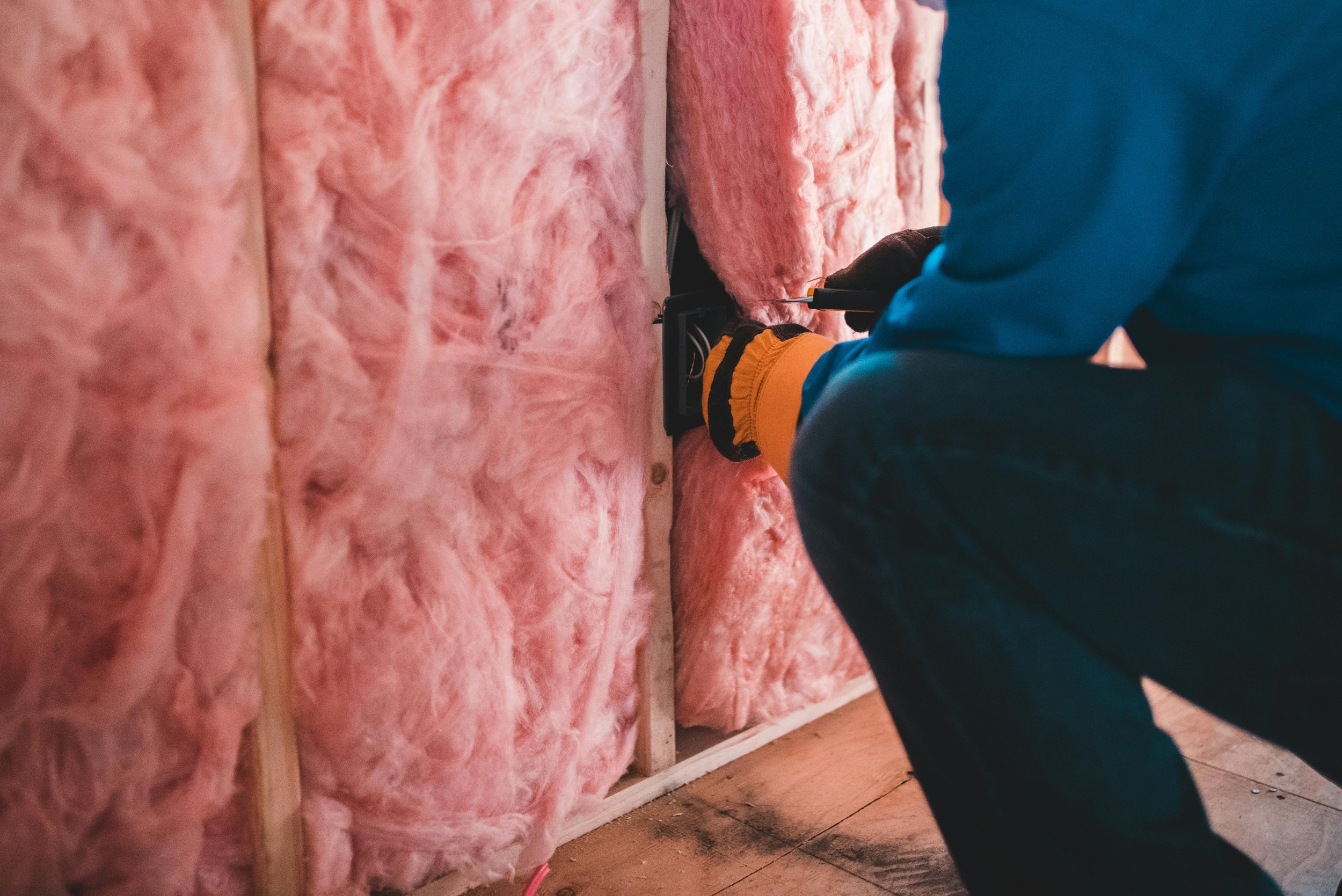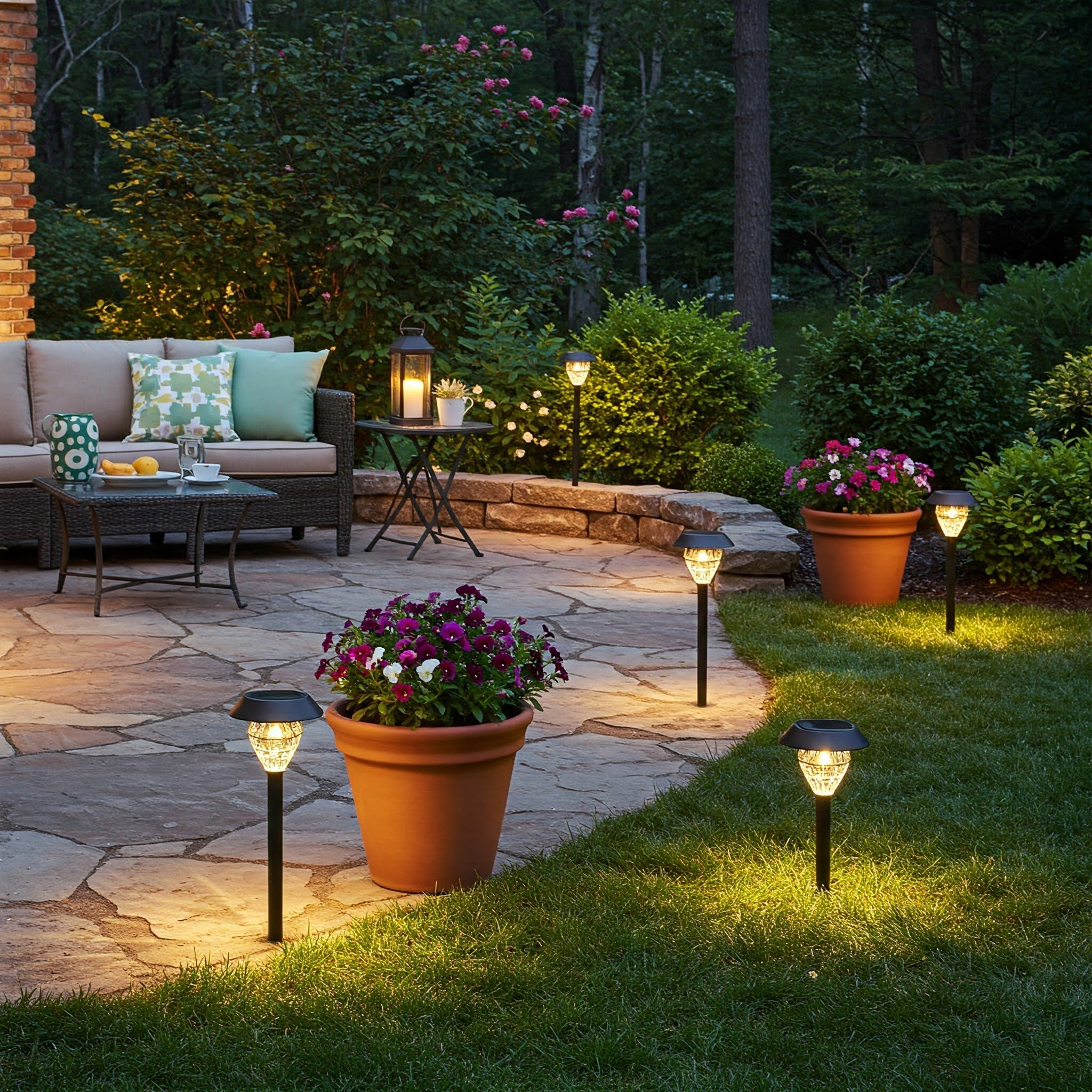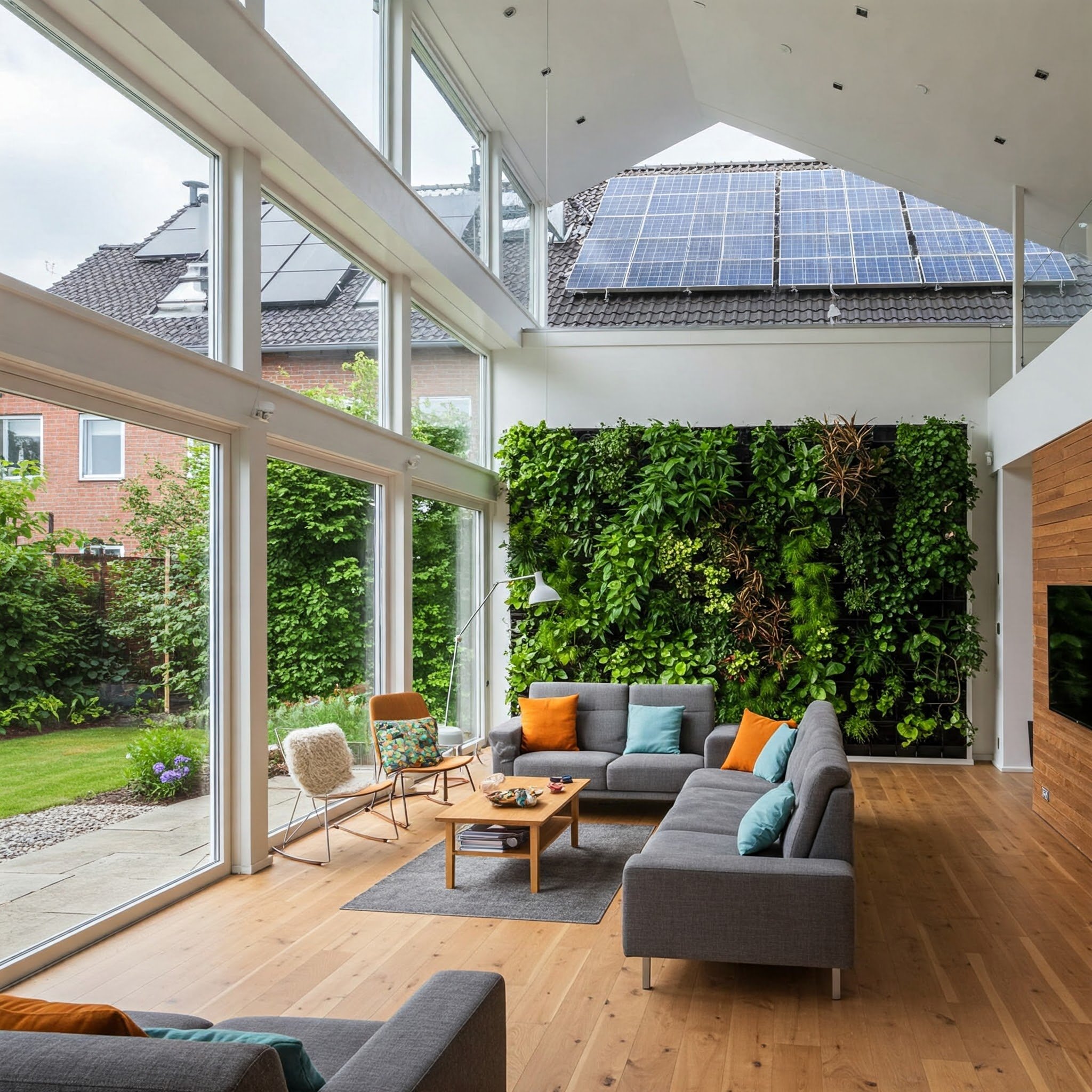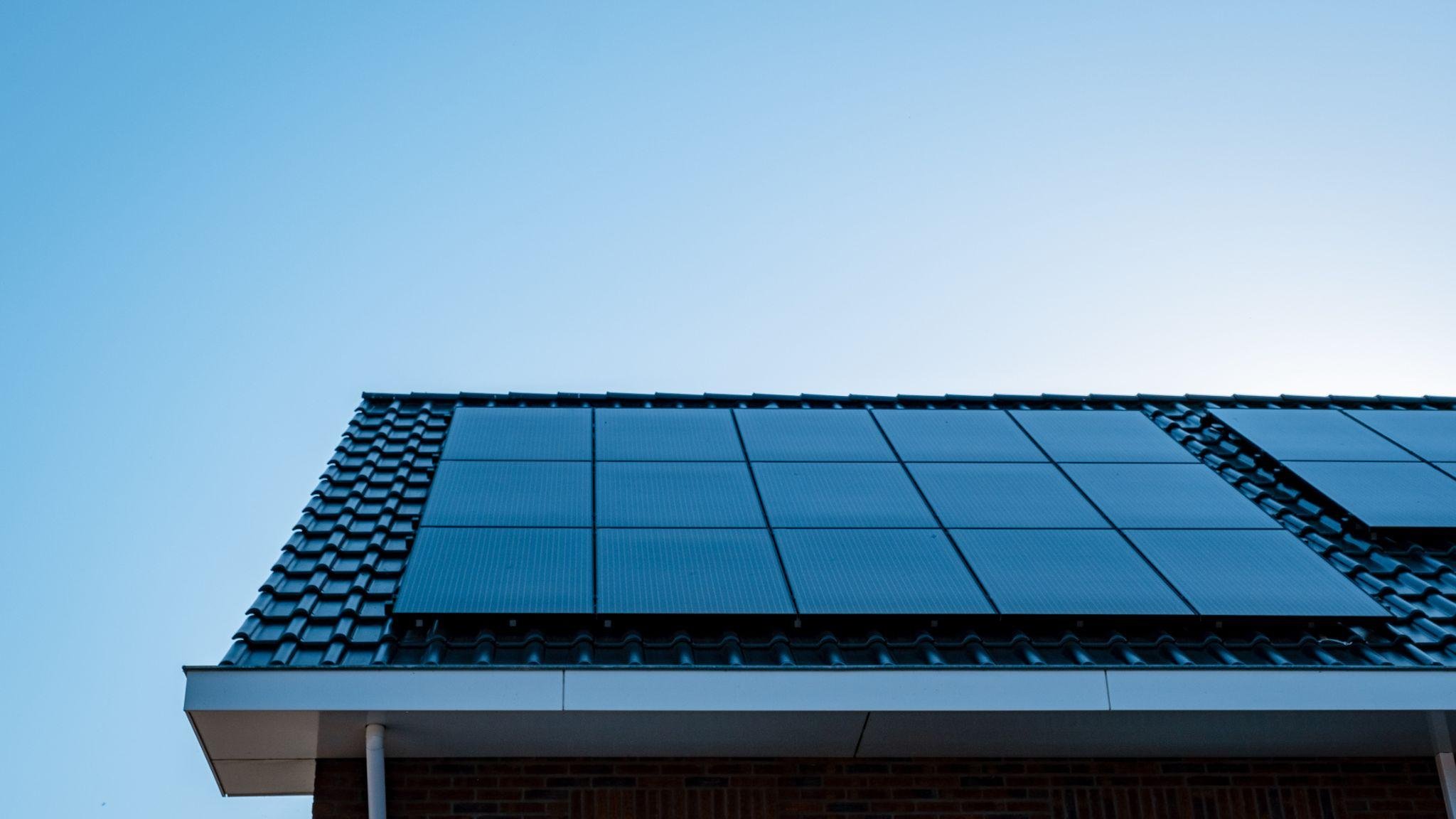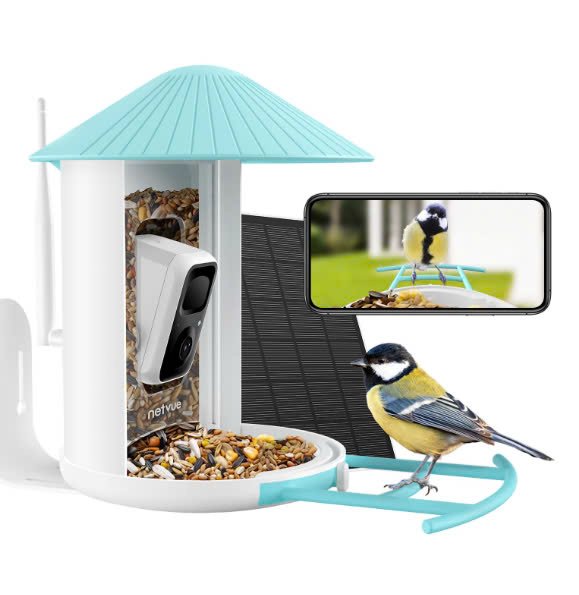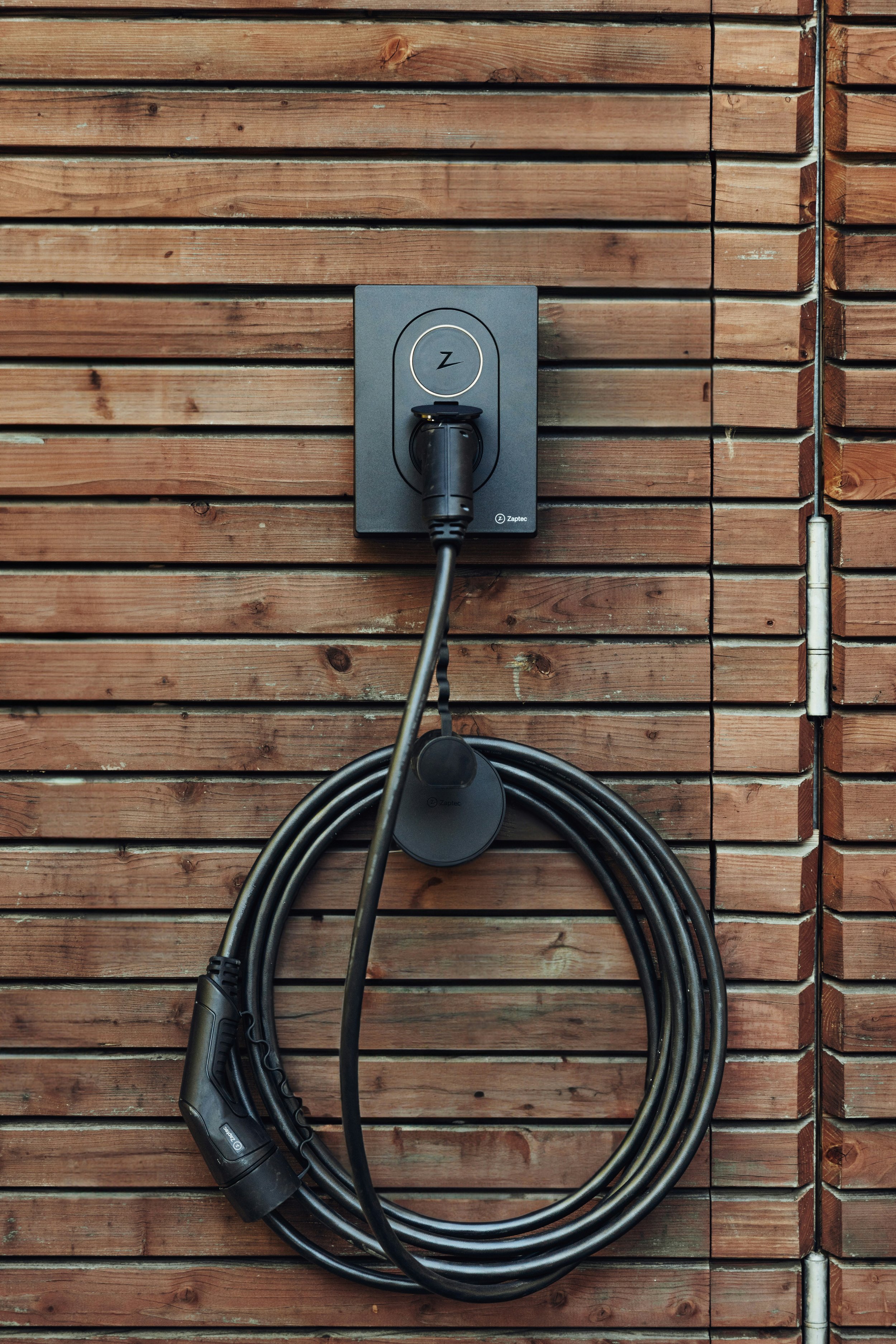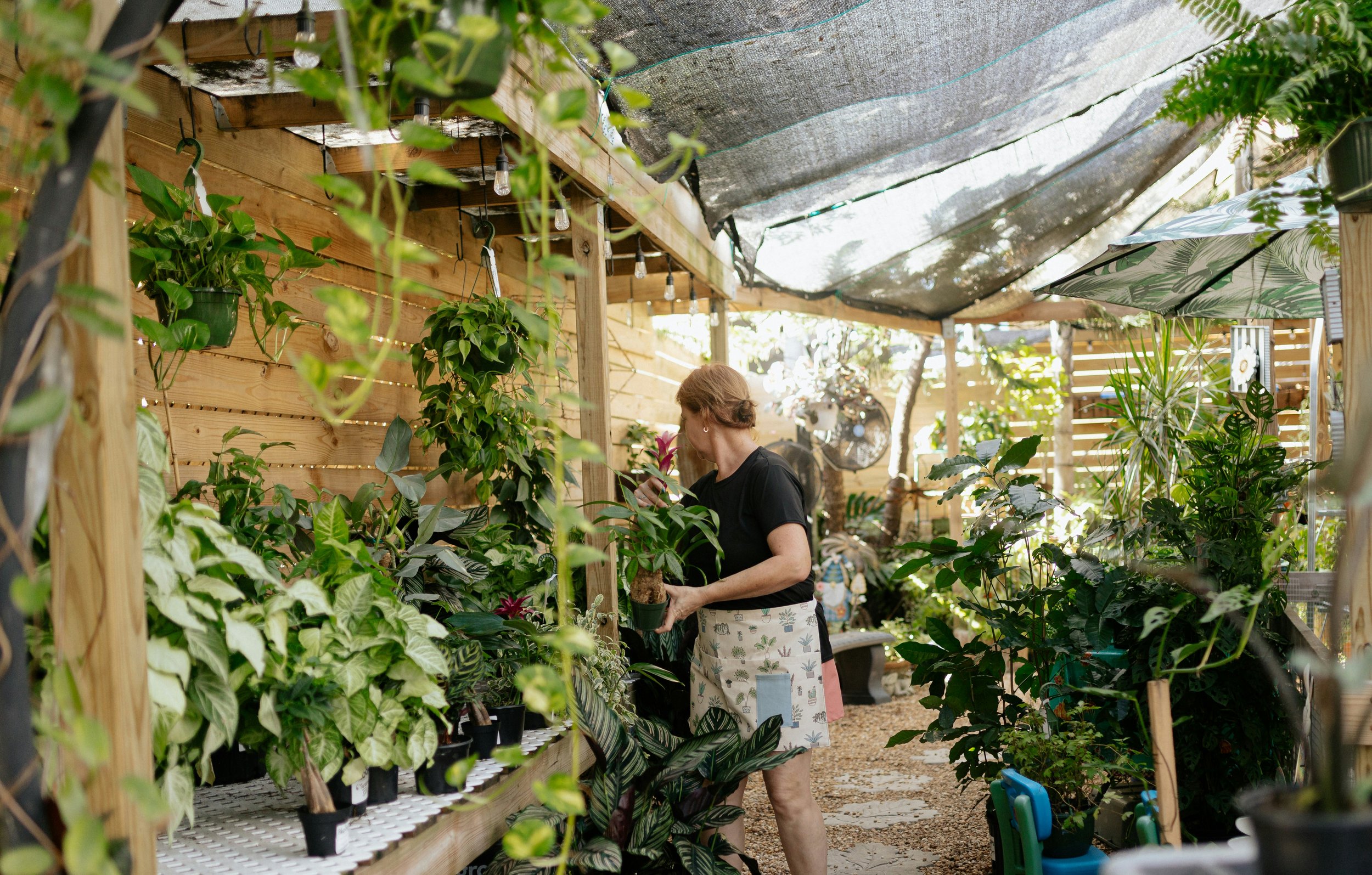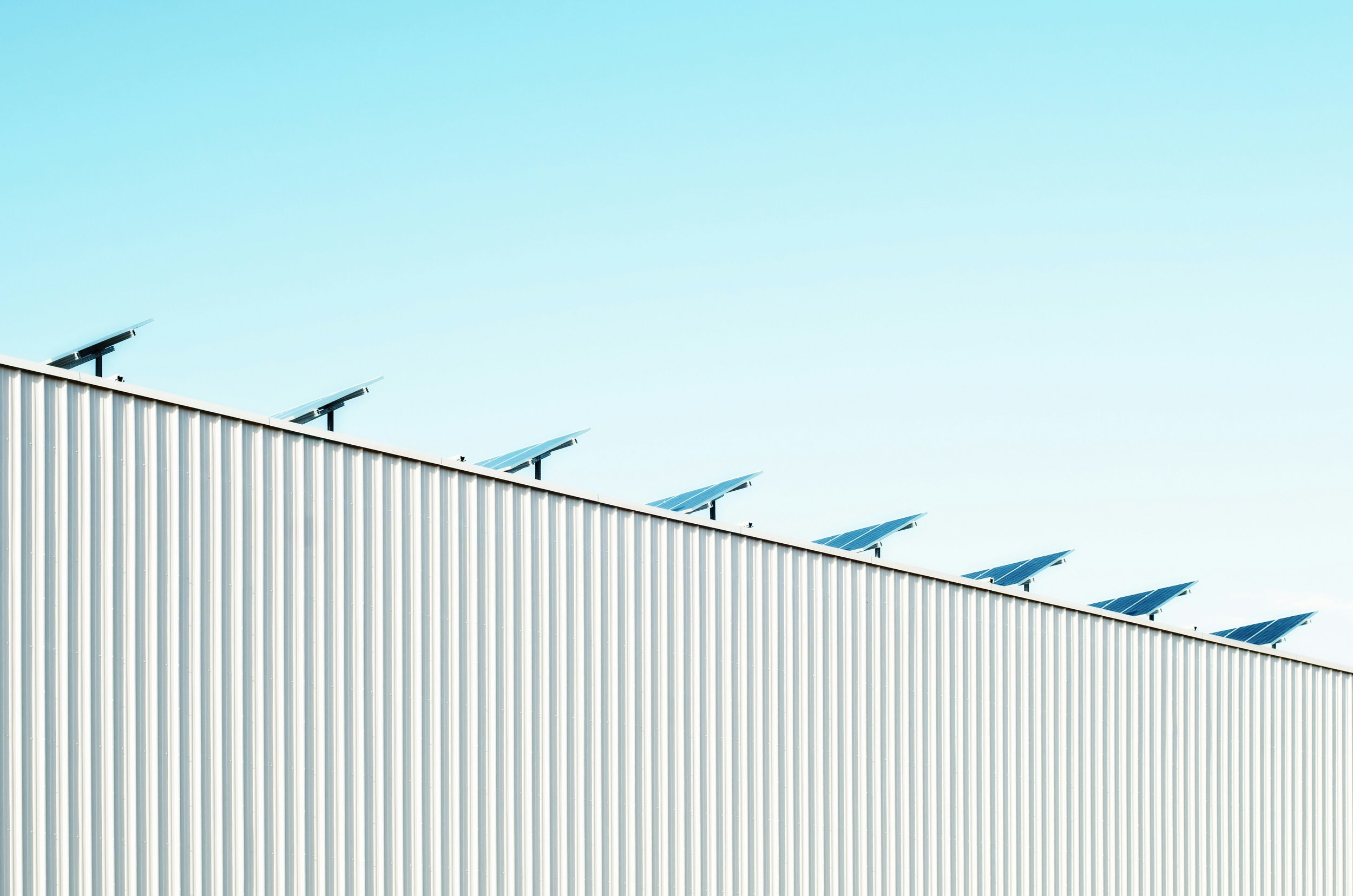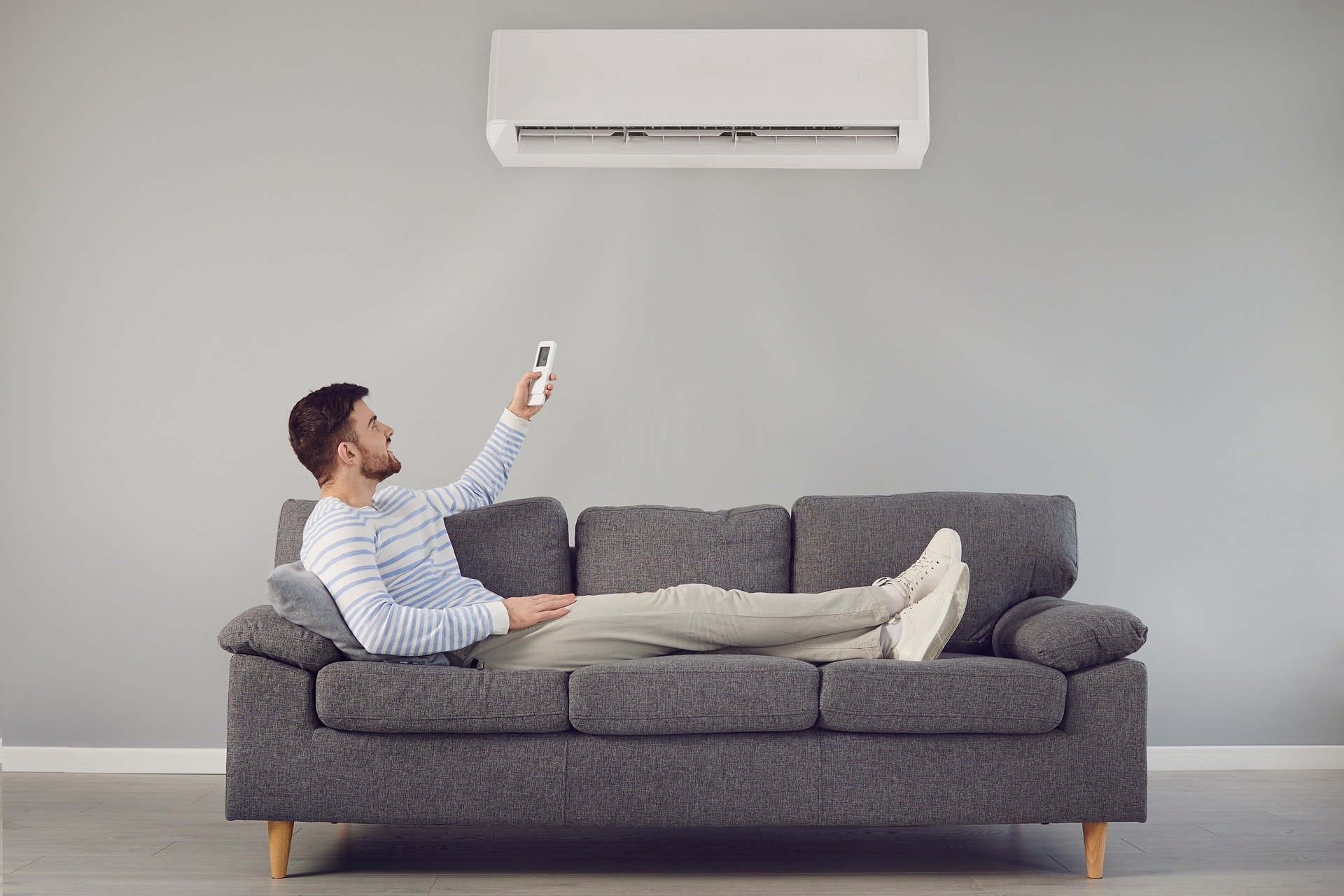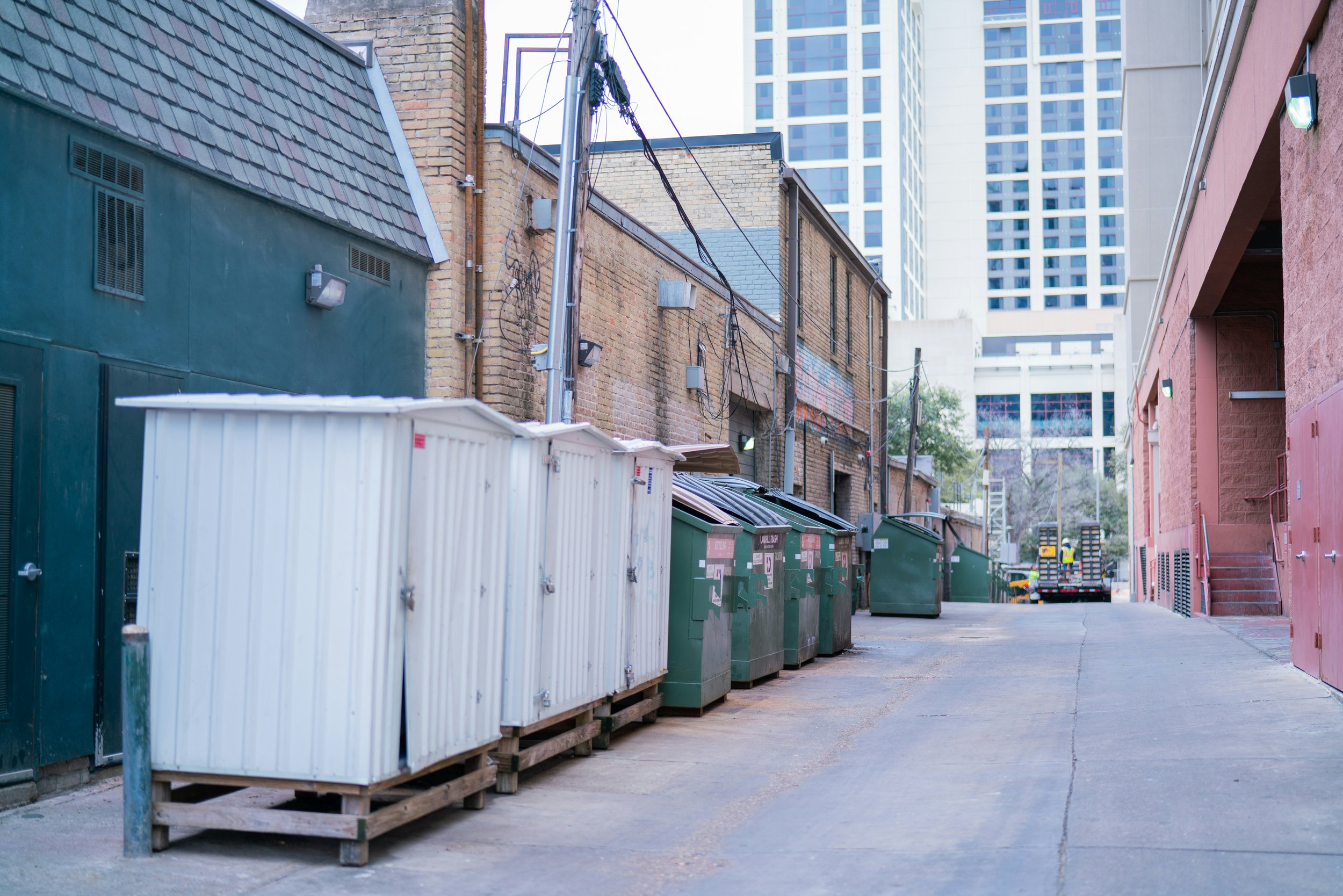Homeowner's Guide to Going Solar
Explore the Homeowner's Guide to Going Solar and learn how to transition to solar energy. Discover the benefits, costs, and steps to installing solar panels for a sustainable and cost-effective home energy solution.
You wanna get solar? Umm…I mean, yeah, obviously. The sun is way more useful than tanning and beaches, y’know. Put up some panels and tan and save; beach and leverage; shine and earn.
Aww, screw it. I know. Bad jokes.
Moving on! Here are the before and after things you should know before you decide to go solar: the solar 101. Your solar guide, so to speak.
Why Go Solar?
Before we dive in, why even go solar in the first place? I mean, it’s the cool thing to do, but why do it? Well, there’s a lot of reasons for this, and here’s just a few.
Save Money on Your Electric Bill
The primary benefit of having solar and getting off the grid is, well, saving money on your electric bill. Once your solar panels are up and running, you’re now producing your own electricity for your home to consume. So now you’re paying the electric company less and paying yourself more. It adds up, and it’ll be worth the investment before you know it.
Increase Your Home’s Value
Solar panels add value to your property. Homeowners like potential buyers like lower electric bills, and they like the environmental aspect of the technology. It’s like putting in a pool or remodelling the kitchen, but green!
Reduce Your Carbon Footprint
Lastly, if you like our Mother Nature, then solar energy is definitely the way to go. You reduce greenhouse gases and carbon footprint by producing alternative and renewable sources of energy. Again, it’s you and the environment.
Energy Independence
Tired of being too dependent on your electric company? With solar panels, you won’t be too bothered with rate hikes and power outages. Because if you’re making your own electricity, you’re basically self-sufficient. It’s like a mini power-plant.
How Does Solar Energy Work?
Okay, this is where we get technical. But not that technical, I promise. Photovoltaic (PV) panels or what we commonly refer to as “solar panels” is a device that converts sunlight into electricity. The whole process basically works like this:
Sunlight Hits the Panels: Light from the sun travels and hits the solar panels. The panels contain a light absorbing material called “photovoltaic cells”.
Creating Electricity: The light absorbing material creates an electric field that produces direct current (DC) electricity,
Inverter Magic: The DC current is then sent to the inverter which then converts it into alternating current (AC) electricity. AC or alternating current is what your home uses.
Powering Your Home: The electricity passes through the electrical panel and into your home. Excess electricity is sent to the grid or stored onto the battery bank (if you have a battery backup).
Is Solar Right for You?
Solar energy is cool, but it’s not necessary for everyone. Here are just some of the factors you should consider before you decide.
Roof Condition
You have to make sure that your roof is in good condition. Otherwise, you might have to do some roof repair or replacement before installing the solar panels. Also, slope and the direction (or orientation) of your roof matters because it will determine the sunlight that hits the panels.
Price and Funding
One thing that should be mentioned is that solar panels aren’t exactly cheap, especially when installed. According to Effective Home, you’ll need about 10 solar panels to produce a good amount of energy. Doing the math, that’ll cost you £7,000 though.
But there are a few options that you can take to fund your solar panels. You can purchase them, lease them, or obtain a loan to cover the cost of the solar panels. There are also various grants that you can obtain from the government.
Choosing the Right Solar Panels
Solar panels come in various types and brands. And naturally, each has their own advantages and disadvantages.
Types of Solar Panels
Monocrystalline: This type of panel is composed of a single crystal structure. It’s more expensive than the other but it’s more efficient and durable.
Polycrystalline: This type of panel is composed of several crystal structures. It’s less efficient than monocrystalline but it’s cheaper than the former.
Thin-Film: This type of panel is described as lightweight and flexible which makes it easy to install. However, it’s considered inefficient compared to the other types and might take up more space.
Choosing a Brand
When it comes to choosing a brand or a particular solar panel model, research helps you the most. Go for well-known companies that offer good warranties and customer feedback. Top solar panel brands include SunPower, LG, and Panasonic, but there are many more.
Installation Process
You’ve decided to invest in getting solar energy, and you’ve finally picked the panels you want. Congratulations! Now what? Installation!
Finding a Contractor
You’ll first need a licensed contractor with experience installing solar panels. Again, try getting multiple contractor quotes to compare prices and offerings.
Site Assessment
A site assessment is done by your contractor to determine the best locations to install the panels. Roof angle, shading, and structural strength are evaluated.
Permits and Paperwork
There’s a bit of paperwork involved when installing solar panels. Fortunately, your contractor will be handling most of it. Permits have to be obtained and your utility company has to be notified.
Installation Day
On installation day, the contractor climbs on your roof and secures the panels. Then, connections to your electrical system are finished. All of this process could take a couple of days depending on the size of your solar panel system.
Inspection and Activation
After the installation is finished, an inspector will examine the work and certify that it’s done by the book. When it passes, your utility company will be notified to turn on the system. And voila! You have solar panels! Congrats!
Maintaining Your Solar Panels
Solar panels are pretty maintenance-free, but they do require a little love and care to keep them producing energy optimally.
Regular Cleaning
Dust, dirt, and debris can get all over on your solar panels and hinder their ability to produce energy. At least every couple of months, use water and a soft brush to gently remove the grime. You might need to do this more frequently, depending on where you live.
Check for Damage
Inspect the solar panels for cracks, dents, and other forms of damage. Loose connections can be fixed easily. And you wouldn’t want the damage to spread further in the future.
Monitor Performance
Your solar installation company should provide you with a tracking software or mobile app you can log into to monitor your personal solar panel system performance. Through this software, you’ll be up to date if there’s an issue with your system.
Common Myths About Solar
There are plenty of myths surrounding solar energy and its use. Here are just some of the more common ones.
Myth 1: Solar Panels Are Too Expensive
Yes they are expensive, but it’s more of an initial investment. In the long run, you’ll be saving more than you spend on your electric bill. Also, there are incentives and financing options available to help you out.
Myth 2: Solar Panels Don’t Work in Cold or Cloudy Climates
Sunlight is obviously necessary in generating solar power, but panels can generate electricity even during cold and cloudy weather.
The efficiency during these times, however, is lower. Solar panels placed in sunny and warm areas produce the most electricity. But new technologies are making solar panels efficient even on cold and cloudy days.
Wrapping Up
Solar panels, worth it? It seems like it could be one of those no-brainer decisions that you’ll probably be really glad you made. And with just a bit more research and planning, you’re on track for solar savings in no time. Go get some sun!

